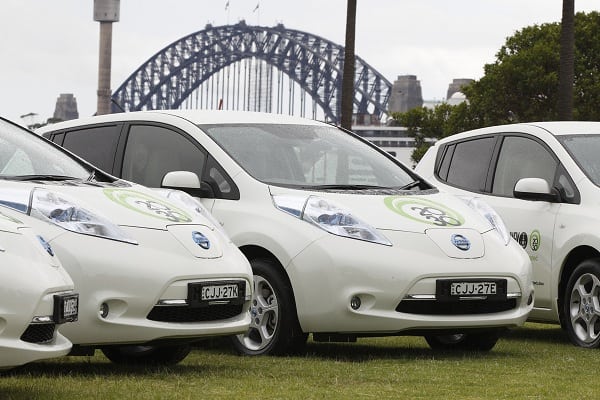A typical day on the road is rather uneventful. There may be a close call or two, but nothing to write home about or even mention when do get to the house. For many people, the act of driving is so familiar that it’s like being in control of a plane using the autopilot feature. So, when there is an incident, it can take lots of motorists by surprise. There is nothing wrong with admitting this because it’s true. Flashing lights, whatever color, aren’t stress-relieving and can induce panic.
Hopefully, you know what to do and when to do it for the sake of yourself, motorists, and the emergency vehicle. However, it’s not always clear how you should react, especially when the situation is a little tricky. To help, here are some of the things you may want to do the next time there are flashing lights in your rearview mirror.
Look And Listen
Because the lights are bright and loud, it isn’t easy to tell what the hell is happening. And, it’s important to understand the situation if you are going to react correctly. For example, an ambulance or a fire truck will require you to get out of the way as quickly as possible. A police car, on the other hand, may want you to slow down and pull over. After all, the officers may want to talk to you about discretion. Drivers must look in their mirrors and listen as well as look. A police car, for example, could shout instructions over the loudspeaker. Don’t take it for granted that you have to leave space because you may be the reason for the lights in the first place.
Understand The Vehicle
Police cars, fire engines and ambulances mean one thing: get out of the way now. However, there are lots of different types of emergency vehicles and emergency vehicle lights on the roads. Blue and red are the two main ones, but amber and green are two alternatives that you may see on construction vehicles to auto-repair trucks. Remember that you don’t have a duty to get out of the way of these cars because they aren’t responding to an emergency. By all means, let them through and be nice, or give them plenty of room to maneuver. They are usually big and bulky and need lots of space. But, don’t feel as if you have to do as they ask. Some people will use flashing lights to bully other motorists, yet you don’t have to let it happen.
Put On A Turning Signal
Consider this scenario. An ambulance has just shot past and you pulled over to the side of the road. Now the route is clear, you can pull back out again and continue on your merry way. Before you do, please indicate to show other drivers what you intend to do next. Too many people assume the motorists behind will wait until they make a move. Although it’s the right thing to do, people are impatient and will use a break in traffic to get in front. Seriously, it’s amazing how many cars have crashed after a “restart.” To be safe, use the indicator and watch the mirror for any action.
Don’t Do Anything Dangerous
Experienced drivers will panic when they can’t make a clear path for an emergency vehicle. As bad as it sounds, you shouldn’t go the extra mile if there is no space. For the most part, the onus is on the vehicle to find a clear route through; it’s not down to you. The reason the distinction is crucial is that of attitude. Drivers, because they think they are holding up a fire truck, try ridiculous things. For example, at a junction, there have been motorists that went through a red light. Sadly, this can cause more damage as the odds of a collision with oncoming traffic increase. Do your duty, but don’t put lives at risk.
Never Assume
Typically, you’ll see one vehicle with flashing lights responding to an incident. For the most part, there is no need for backup. Still, there are occasions when a convey will roll past depending on the situation. It’s important to expect more than one just in case. After all, you don’t want to anticipate and then pull out and cause an accident. Also, never assume that they are going to be close together. A response vehicle could be further down the road and speed through, and you need to be ready.
How do you react when you see flashing lights?







